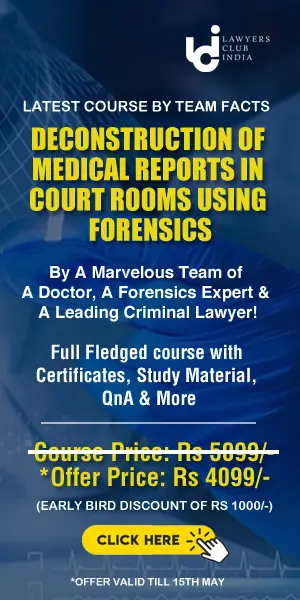The change of guard at the top level in the judiciary in a few days comes at a time when the Supreme Court of India is adding more arrears to the dockets and visions of reform have remained empty dreams. In recent times, it had to deal with two cases of impeachment of high court judges and corruption cases against several others. On top of it, the Supreme Court became a petitioner before itself in the right to information controversy.
Soon after Justice K G Balakrishnan took over as chief justice of the Supreme Court, he declared with gusto that “in a democratic set-up, information is empowerment, since it promotes transparency, integrity and accountability. It is necessary to keep the people informed on vital aspects of the functioning of a public institution so as to enlighten them and enable them to form an informed opinion on its working and performance. I am happy that the Supreme Court of India has taken a lead in this direction.”
As in a cinematic anticlimax, soon after he wrote his above editorial for the Supreme Court journal, he got himself into a running controversy over the right to information regarding the assets of judges in the appellate courts and the consultation process in their appointment. Responding to the public outcry, the assets of the judges were put on the Web. But details of the consultation process was another matter, on which the Supreme Court moved a petition before itself challenging the Delhi High Court judgment which stated that the information was not privileged. The petition is still pending.
Arrears of cases in December 2007, around the time when Chief Justice Balakrishnan took over, stood at 39,780. Last December, it was 55,791. When the Supreme Court was set up in 1950, it was a mere 680. This steady increase in the institution of cases is inevitable, given the rise in literacy and awareness of rights among the people. Since the executive has neglected the judiciary, the disposal rate has steadily slowed down.
This has prompted a debate on whether the Supreme Court should take up all appeals or limit itself to Constitutional cases and those of public importance only. One bench of the court has referred this question to a Constitution bench that is to be constituted by the new chief justice, Sarosh Homi Kapadia.
The Supreme Court has remained static on the reform front, though there were plenty of resolutions at the seminar hall of Vigyan Bhavan in New Delhi, with the promising presence of the Union law minister. Among them were the “redesigning of the justice delivery system”, setting up of a “national arrears grid” to provide infrastructural, managerial, technical and manpower services to the judiciary and a “special purpose vehicle”, a new catchphrase. All these were forgotten after the high tea.
Whether the new chief justice would make a dent in this seemingly insurmountable stack of problems, where his predecessors have failed, is a question in the mind of the legal profession. He has two years and four months to make the attempt.
The corporate sector will note that he is a chartered accountant and a cost accountant rolled into one and in these days of economic reforms he will have a lot to contribute to the commercial laws. His court already functions like the proposed “commercial court”, with counsel struggling to match his familiarity with every interstice in tax laws. Some of his judgments are complex and there is debate over their real import. He recently called for special training for judges and lawyers for brushing up their knowledge in taxation. He has lamented the inadequacy of counsel appearing for the government in tax matters, leading to heavy losses in revenue as private companies field the best lawyers.
Years of delay in filing appeals by revenue departments and the absence of lawyers when the cases are called have been recorded in his orders. On Monday, he told the counsel for the Directorate of Revenue Intelligence that his appeal was delayed by a thousand days.
Though his court has not been dealing with public interest litigation (PIL) on all and sundry issues like that of the outgoing chief justice, he was on the special “green bench” which deals with environment and forest matters. As he would inherit scores of PILs from his predecessor, his handling of this important branch of judicial power would be keenly watched.
His knowledge of fiscal regulation should stand in good stead when he bargains for more funds for the judiciary. The funds crunch is the most serious problem affecting this arm of the state. He recently remarked that his heart “goes out to trial court judges who in remote areas are working even without a fan in this scorching summer.” There is, in fact, a 1989 PIL in which the service conditions of subordinate judges are being agitated. Uneasy would lie the head which bears these burdens.
Join LAWyersClubIndia's network for daily News Updates, Judgment Summaries, Articles, Forum Threads, Online Law Courses, and MUCH MORE!!"
Tags :Constitutional Law

















